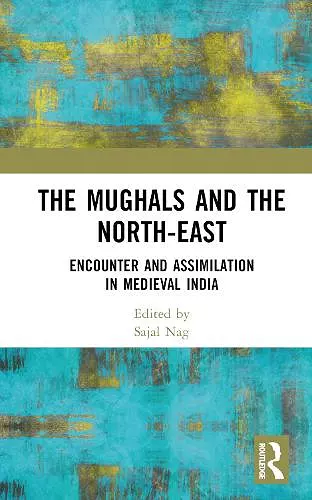The Mughals and the North-East
Encounter and Assimilation in Medieval India
Format:Hardback
Publisher:Taylor & Francis Ltd
Published:17th Jul '23
Currently unavailable, and unfortunately no date known when it will be back

There is a perception that the region of north-east India maintained its ‘splendid isolation’ and remained outside the reach of the Mughals and did not have a pre-colonial past. The present book is an attempt to decenter and demolish the said perceptions and asserts that north-east India had a ‘medieval’ past through linkage with the dominant central power in India – the Mughals. The eastern frontier of this Mughal Empire was constituted by a number of states like Bengal, Koch Bihar, Assam, Manipur, Dimasa, Jaintia, Cachar, Tripura, Khasi confederation, Chittagong, Lushai and the Nagas. Of these, some areas like Bengal were an integral part of the Mughal Empire, while others like Koch Bihar and Assam were in and out of the empire. Tripura, Manipur, Jaintia and Cachar were frequently overrun by the Mughals whenever the State was short of revenue and withdrew soon without incorporating them in the state.
Despite not being a formal part of the Mughal Empire, the society, economy, polity and culture of the north-east India, however, had been majorly impacted by the Mughal presence. The brief, but effective advent of the Mughals had supplanted certain political and revenue institutions in various states. It generated trade and commerce, which linked it to the rest of India. A number of wondering Sufi saints, Islamic missionaries, imprisoned Mughal soldiers and officers were settled in various states, which resulted in a substantial Muslim population growth in the region. Besides the population, there are numerous Islamic and syncretic institutions, cultures, and shrines which dot the entire region.
ISBN: 9781032523040
Dimensions: unknown
Weight: 712g
538 pages